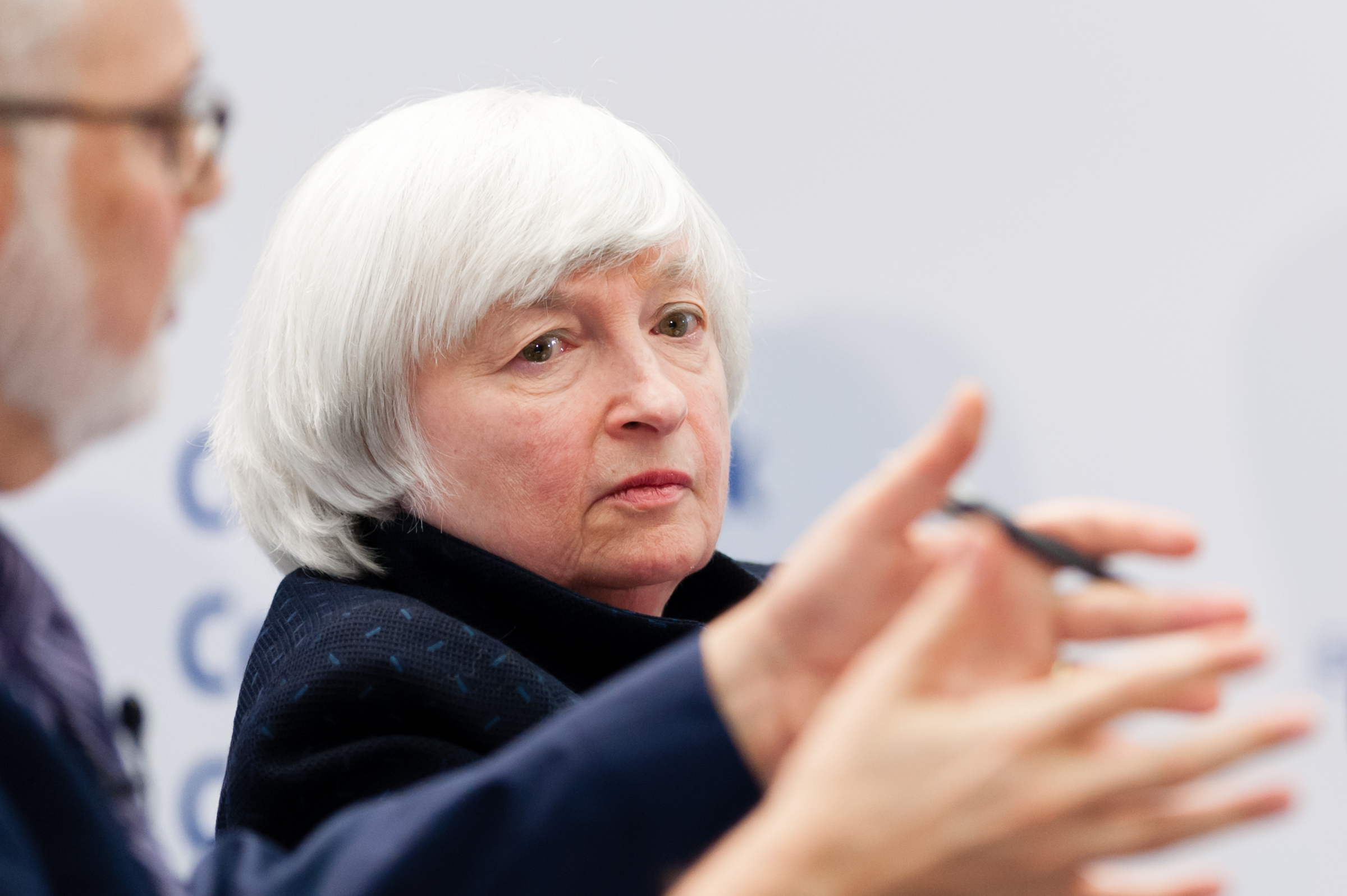The United States has reached its debt ceiling: here’s what it risks

The United States has reached its debt ceiling, which is the maximum amount the government can borrow to finance its spending. The Treasury Department took urgent action, but it's up to Congress to fix the problem. All the details
America has touched the debt ceiling: now it risks default and economic collapse.
The United States reached its federal debt ceiling on Thursday, forcing the Treasury Department to implement a series of accounting maneuvers to ensure that the Washington government can continue to finance its activities through loans. But beyond the extraordinary interventions, a “long battle” in Congress between Democrats and Republicans for an increase in the maximum debt limit is expected – wrote the New York Times .
WHAT THE DEPARTMENT OF THE TREASURY DID
Treasury Secretary Janet Yellen has written a letter to Congress explaining that the federal government will take "extraordinary measures" to prevent the country from exceeding the statutory debt limit. He called on lawmakers to work to raise the cap, or suspend it, so the government can meet its financial obligations.
"The length of time that extraordinary measures can remain in place is subject to significant uncertainties," Yellen said, "including the difficulty of predicting US government payments and revenues months in advance."
HOW THE US GOT TO THE DEBT CEILING
The United States has hit its debt ceiling – $31.4 trillion – after decades of tax cuts and increases in public spending by both the Republican and Democratic parties.
Republicans, who control the House of Congress, have said they will not give their assent to raising the debt ceiling unless President Joe Biden agrees to drastically cut federal spending. On the other hand, Biden has made it known that he is not willing to negotiate the conditions for increasing the debt limit, arguing that this must be raised without any constraints in order to guarantee coverage of the expenses that Congress has already authorized.
THE RISK OF FINANCIAL CRISIS
Treasury officials estimated that the extraordinary measures implemented Thursday will allow the government to continue paying federal employees, Medicare health insurance providers and investors holding US debt through at least early June.
Therefore, if Congress does not raise the debt ceiling before the Treasury Department's capacity is exhausted, the United States risks a financial crisis. Some economists estimate a 5 percent contraction of the economy.
POLITICAL CLASHES ABOUT THE DEBT ROOF
Democrats and Republicans have been clashing over the debt ceiling for decades. In 2011, for example, the Republicans of the House and the Democratic administration of the then president Barack Obama – recalls the New York Times – risked leading the United States to default on its debt; the crisis was averted because Obama agreed, in exchange for raising the ceiling, to limit future public spending.
In 2021, however, the current Biden administration managed to get a cap increase without making concessions to Republicans. But the party, which obtained a majority in the Chamber with the mid-term elections, wants to avoid another defeat.
BOTH DEMOCRATICS AND REPUBLICANS HAVE AGGRAVATED THE INDEBTEDNESS
In the last twenty years, however, both the Democratic and Republican parties have adopted policies that have had the effect of increasing public debt. As Republicans gained control of the White House, they repeatedly cut taxes. Conversely, Democrats have expanded public spending, but have not always balanced it with tax increases. Both parties also gave their assent to the major recovery plans from the 2008 financial crisis and the 2020 pandemic.
In fiscal 2022, US federal spending was close to $6 trillion, about 24 percent of the total value of the economy, although it was down from the record amounts reached at the height of the coronavirus pandemic. The federal budget deficit, i.e. the difference between what is spent and what is collected through taxes and other revenues, has exceeded 1,000 billion: it is a value lower than that of the previous two years, although the Biden administration expects an increase in the current fiscal year.
According to Republicans, these levels of government spending and debt pose a threat to US economic growth. So far the party has not presented its demands in exchange for raising the ceiling, but it is likely to want to bind it to steep spending cuts and the passage of a balanced budget within a decade. The White House, however, has said it will not accept any terms.
EXPIRY JUNE 5
Congress has a few months to reach an agreement on raising the debt ceiling. Meanwhile, the Treasury Department has initiated a period of "debt issuance suspension", according to Secretary Yellen's letter, until June 5th. In addition, the department will no longer invest that portion of the Civil Service Retirement and Disability Fund that is not immediately needed to pay beneficiaries and has suspended investment in the Postal Service Retiree Health Benefits Fund.
This is a machine translation from Italian language of a post published on Start Magazine at the URL https://www.startmag.it/economia/stati-uniti-tetto-debito/ on Fri, 20 Jan 2023 15:13:16 +0000.
